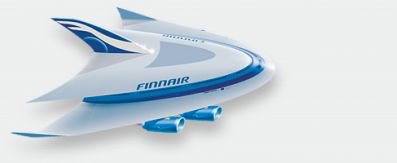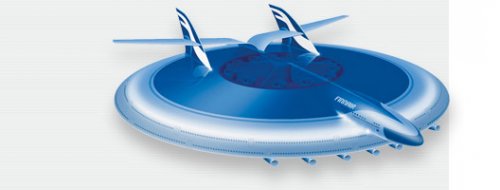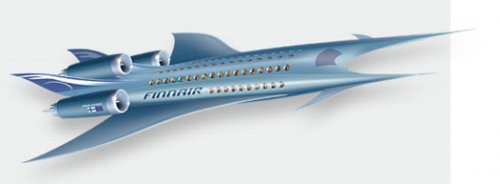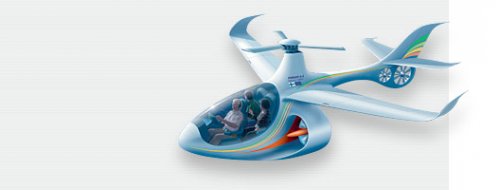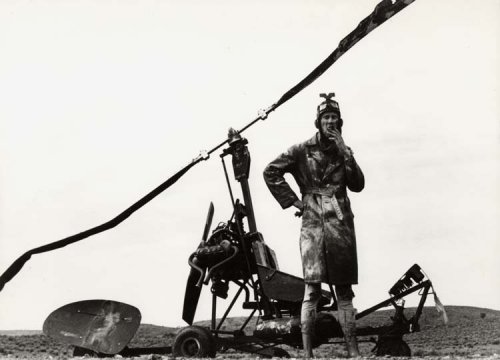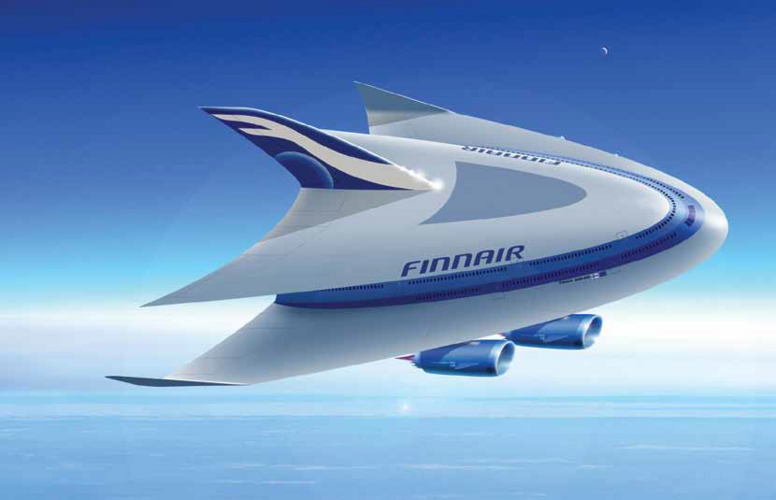Those whacky Finns are celebrating their 85th anniversary with a website dedicated to their ideas about what flying will be like 85 years from now. Includes some concepts for future aircraft. Fuller descriptions are on the website:
http://www.departure2093.com/en/main_page/?id=2
Here's a precis of Finnair's descriptions of each concept:
A600-850M - a wide-bodied, zero-emission supersonic aircraft, designed for long-haul routes. Seats 600-850 passengers. Cruise speed Mach 4.5. Fuselage constructed of super-light and -strong nanoceramic material able to withstand the heat from air friction. Wing is intelligent, and partly elastic.
A600-850 - a zero-emission aircraft for short-haul routes. Seats 600-850 passengers. Power generated by solar panels on the surface. The engines can turn horizontally by 26 deg and vertically by 55 deg for stability at lower speeds. For vertical take-off, the engines turn vertically and four smaller engines deploy from the rear of the aircraft.
A1700-2400 - a charter aircraft. For vertical take-off, the central engine bay covers open. In forward flight, the central engines are stopped and the covers closed. The seven engines under the aircraft can be turned 26 deg in vertically or horizontally for stability at lower speed. In an emergent, the aircraft can land on water.
Space hotel service ship - designed to operate at high speed at all altitudes. Seats 100–140 passengers. Two or three hydrogen or hydrocarbon engines and 100 auxiliary engines concealed in the fuselage. Flight time to 500 km altitude: 20–25 minutes
Aircraft for everyone - a combination of a helicopter and a small aircraft. Some 85 per cent of the surface is covered with solar cells. Rotor-blade length is adjusted automatically based on load and speed. In horizontal flight, the blades are at their shortest and stationary.
And if you feel like commenting on these concepts, or the airline's vision of the fututre, Finnair even provides a discission forum:
http://www.departure2093.com/en/discussion_forum/?id=16
http://www.departure2093.com/en/main_page/?id=2
Here's a precis of Finnair's descriptions of each concept:
A600-850M - a wide-bodied, zero-emission supersonic aircraft, designed for long-haul routes. Seats 600-850 passengers. Cruise speed Mach 4.5. Fuselage constructed of super-light and -strong nanoceramic material able to withstand the heat from air friction. Wing is intelligent, and partly elastic.
A600-850 - a zero-emission aircraft for short-haul routes. Seats 600-850 passengers. Power generated by solar panels on the surface. The engines can turn horizontally by 26 deg and vertically by 55 deg for stability at lower speeds. For vertical take-off, the engines turn vertically and four smaller engines deploy from the rear of the aircraft.
A1700-2400 - a charter aircraft. For vertical take-off, the central engine bay covers open. In forward flight, the central engines are stopped and the covers closed. The seven engines under the aircraft can be turned 26 deg in vertically or horizontally for stability at lower speed. In an emergent, the aircraft can land on water.
Space hotel service ship - designed to operate at high speed at all altitudes. Seats 100–140 passengers. Two or three hydrogen or hydrocarbon engines and 100 auxiliary engines concealed in the fuselage. Flight time to 500 km altitude: 20–25 minutes
Aircraft for everyone - a combination of a helicopter and a small aircraft. Some 85 per cent of the surface is covered with solar cells. Rotor-blade length is adjusted automatically based on load and speed. In horizontal flight, the blades are at their shortest and stationary.
And if you feel like commenting on these concepts, or the airline's vision of the fututre, Finnair even provides a discission forum:
http://www.departure2093.com/en/discussion_forum/?id=16


